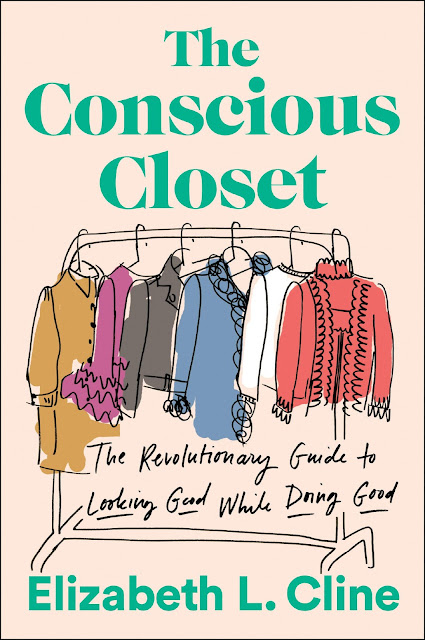Learning Sustainable Fashion Through The BPL
The climate crisis is causing many people to examine both the larger, systemic environmental issues and their individual contributions. While fighting for change at the highest level should be our main priority, a mindset shift on our own actions must also take place.
Take clothes, for example.
Many people don't think twice about throwing out a piece of clothing. Maybe they don't like it anymore, it's worn, it doesn't fit, or they're making space for a newer, better item.
But we can just donate it, right?
Sadly, there are simply too many clothes being tossed out each year for thrift stores to keep up. Much of what is donated is sent to a landfill, incinerated, or sold to other countries, which causes problems within their textile industries.
In 2018, the EPA estimated that only 14.7% of textiles were recycled in the U.S.—that's 2.5 million tons out of 17 million, and it doesn't include industrial waste. Clothes are notoriously difficult to recycle because of fabric blends and added accessories. Whatever is recycled is often downcycles into things like insulation and fiberfill.
So, what can we do as consumers?
First, buy less.
Wearing and taking care of the clothes you already have goes an extremely long way in helping the environment. Only launder what's actually dirty and smelly (using cold water and air drying, whenever possible) and air out everything else. Be proactive and mend your clothes before large holes and rips occur.
Curate a wardrobe that you'll actually wear, too.
Many people find themselves standing in front of their closets thinking, "I have nothing to wear," even though it's full of clothes. Figuring out what you actually like and will wear often is a large step in curbing textile waste.
People often buy clothes on a whim without assessing how well the new item will fit into their current wardrobe. And so it sits in the back of the closet, unworn... unloved...
Next, buy used.
When it's time to replace a worn-out garment, try to go for used items first. They are already in the waste stream, plus they are often heavily discounted. Buying used clothes decreases the demand for new items, helping to slow down the extreme rate at which clothing is manufactured.
Avoid fast fashion.
If you absolutely must buy new, try to avoid fast fashion brands. They are the worst offenders when it comes to environmental damage and abysmal working conditions due to high product turnover and cheap prices. Not everyone has the time or money to avoid it, but those of us who can, absolutely should.
Make your clothes. Those with the time and patience can customize their wardrobes by making and remaking their clothes. This way you completely sidestep the cheap sweatshop labor employed by large corporations. Plus, you can get clothing completely tailored to you.
For those not looking to put in a Bernadette Banner-level of dedication to their clothes, try making easy alterations to clothes that are still in good condition. Dyeing, cropping, embroidering, and adding pins and patches are some of the many ways you can transform clothes.
Now, you've done all you can.
You bought something you loved; you wore it for years, mended it, and remade it. But now it's time is up. Where does it go then?
Textile recycling isn't perfect, but if there's an option near you, you should utilize it. I use free (or nearly free) mail-in programs like TerraCycle when all local options have been exhausted. But sometimes, the landfill is the only choice available.
For items that are still in good condition, make donating the last resort. Try swapping or selling clothes first. If you have many items and no time or energy for a yard sale, try a clear-out service like ThredUp—you send them the clothes and they'll sell them for you. Anything they don't take, they recycle.
Our current system is nowhere near perfect, but each of us can take small steps (or large, for the ambitious) to cause massive change. But remember, though our individual actions can make a difference, it is also our job to hold politicians and corporations accountable for their giant environmental mess.
By Paeden Mapp | Library Assistant Ⅲ, North Birmingham Regional Branch Library



Comments